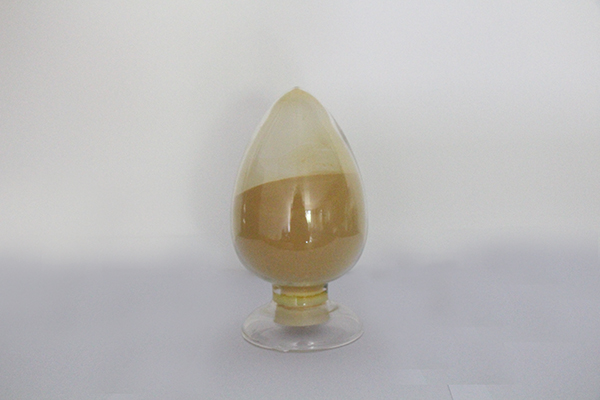Polyferric sulfate is a kind of high polymer coagulant, which belongs to ferric salt. Compared with ferrous sulfate, ferric chloride and other ferrous salts, its coagulation performance is better, and its effect is better than aluminum sulfate and polyaluminum. There are many production methods, including pyrite production method and ferrous sulfate production method. The following introduces the most common way to produce polymeric ferric sulfate with ferrous sulfate, hydrogen peroxide and sulfuric acid as the main raw materials.

Production of polyferric sulfate from hydrogen peroxide
Production of polyferric sulfate from ferrous sulfate
The preparation of polymerized ferric sulfate from hydrogen peroxide is a kind of oxidation method, which takes ferrous sulfate as the main raw material, hydrogen peroxide as oxidant for strong oxidation reaction, and water and sulfuric acid are added in the production process.
The dosage of ferrous sulfate, water and sulfuric acid was calculated according to the required basicity and yield, and the temperature was stabilized at 30 ~ 45 ℃. Firstly, ferrous sulfate is put in the reactor, and the required water and sulfuric acid are added in proportion for mixing and stirring. While stirring, hydrogen peroxide is added slowly. The following reaction takes place with hydrogen peroxide as oxidant: 2feso4 + H2O2 + (1-N / 2) H2SO4 - → Fe2 (OH) n (SO4) 3-N / 2 + (2-N) H2O to oxidize ferrous to trivalent iron until the ferrous concentration falls to the specified concentration.
The reason why PFS is not oxidizable is that hydrogen peroxide is only used as oxidant and not as raw material. However, it does not have the reducibility of ferrous sulfate because ferrous is oxidized to trivalent iron in the reaction process.
The batch process should be used in the production of PFS with hydrogen peroxide as oxidant to reduce the generation of too much oxygen during the decomposition of hydrogen peroxide and weaken its own oxidizability.